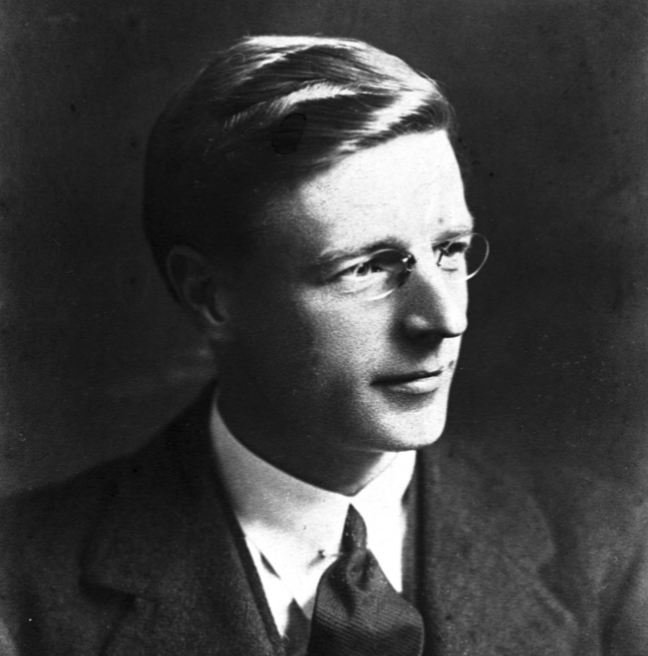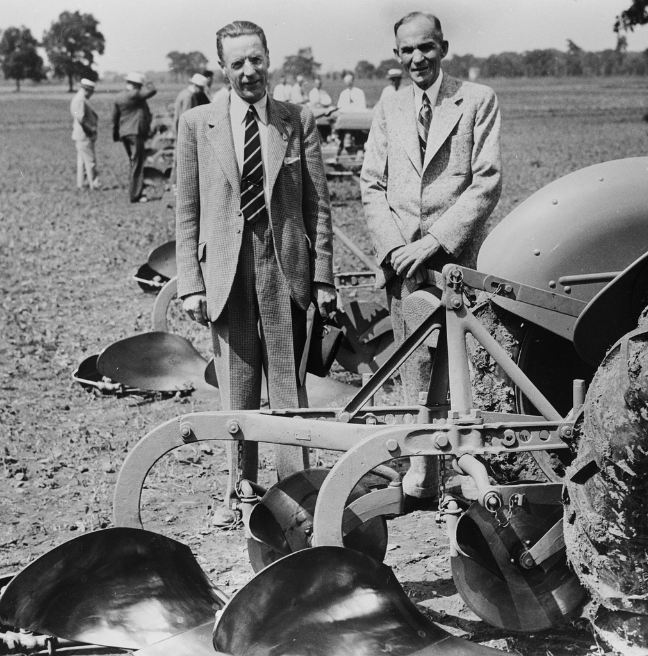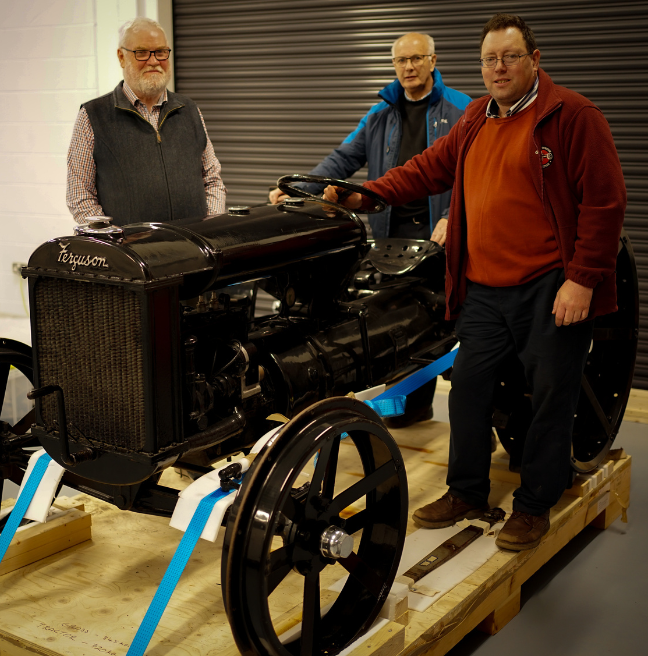
harry ferguson & aviation
Learn about Harry Ferguson’s aviation exploits.
Building his own Aeroplance
The first flight was made by Orville and Wilbur Wright, at Kitty Hawk on the coast of North Carolina, USA on 17th December 1903. News of this success spread rapidly throughout the world. It proved to be an inspiration for wannabe aviators around the world, including Harry Ferguson. He attended his first Flying Meeting in Rheims, France in August 1909 and was immediately motivated to build his own monoplane.

Harry Ferguson quickly realised that this new craze for flying would be popular and recognised the publicity his brother’s business would receive if he was able to build the first plane in Ireland. Working with the team of engineers at J.B. Fergusons, they spent six weeks constructing a monoplane which was powered by a 30-35hp V8 J.A. Prestwich (J.A.P.) engine. Each wing was 16feet in length and made from American elm covered with a new aeroplane cloth manufactured by the Dunlop Rubber company, another local innovator.
Once the aircraft was complete, the next decision concerned where to carry out the test flights. The small fields at his family farm were not suitable and so enquiries were made to the Downshire family estate at the Hillsborough Demesne, four miles from the Ferguson farm. A number of trial flights were made but, initially, all it could achieve was a few hops. Ferguson and his team continued to make adjustments reducing the weight and replacing the propeller.
Aviation through the Years
Finally, on the 31 December 1909, Harry Ferguson achieved a flight of 130 yards at a height of 15ft making him the first man in Ireland to design, build and fly his own aeroplane. This was an incredible accomplishment. There were no reference books available on how to build these new flying machines and no instructors to teach him how to fly it. Ferguson wore no protective clothing and did not even have the safety of a seat belt.
For the Record Book
Ferguson continued to carry out experimental flights constantly tweaking and adjusting the design. His base for flights was at Massereene Park near Lough Neagh and Magilligan Strand before moving to Newcastle in the hope that he would successfully win a flying competition. The prize was £100 for the first aeroplane to fly a three-mile course becoming the first officially observed flight in Ireland in the process.

Unfortunately, the weather on the day was not conducive to a flying competition. Ferguson made several attempts but the turbulence created by the surrounding Mourne mountains proved too challenging and he crashed twice, breaking parts of the aircraft each time.
Ferguson was given a second chance after the Newcastle Recreation Committee extended the time limit for the competition. On 8 August 1910, he flew for three miles at a height varying between 50 and 150 feet above the beach at Dundrum Bay, County Down landing in front of the Slieve Donard Hotel.
The Future is Aviation
Ferguson relocated to Magilligan Strand along the north coast and continued to modify the plane. The long uninterrupted beaches proved to be ideal for flying and he achieved flights of up to 20 miles but suffered a severe crash in October 1910 when the engine stalled mid-flight. The plane was badly damaged and Ferguson suffered a concussion.

Growing resentment between Harry and his brother Joe at the amount of time Harry and the engineering team were devoting to the aircraft build and the mounting costs, eventually resulted in the two parting ways. Harry went on to start his own company, The May Street Motor Company in early 1911. Joe had insisted that he was not permitted to use the Ferguson name but Harry ignored this and went on to change the name of his company to Harry Ferguson Motors Ltd a year later.
Undeterred from his crash, Harry went on to rebuild the plane and the Mark 2 was launched in June 1911 at Newtownards utilising the tidal sands around Strangford Lough.

After suffering damage to the undercarriage, no more flying took place until October 1911. Ferguson became more involved in politics in 1912, a period that saw the Home Rule Bill for Ireland being debated and protests taking place across the country. His courtship of Maureen Watson had continued in earnest and during 1912, the financial ramifications of his aviation exploits were impacting on any potential thoughts of marriage.
Although he continued to fly, Ferguson was less active during this period. The final crash of the Mark 2 took place on 30 March 1913 and marked the end of his venture into aviation. Only the engine and the seat could be salvaged from this crash and they now sit within a replica of the Mark 2 plane displayed in the Museum of Innovation at the Ulster Transport Museum.
EXPLORE MORE
Harry Ferguson & Agriculture: The Early Days
Find out how Harry Ferguson entered the world of agriculture with John Barron, Director of Friends of Ferguson Heritage.
Harry Ferguson & Agriculture: The Later Years
Return to Harry Ferguson's world of agriculture with John Barron, Director of Friends of Ferguson Heritage.
The Ferguson Black: Homecoming
Learn more about the world famous tractor with John Barron, Director of Friends of Ferguson Heritage.
















